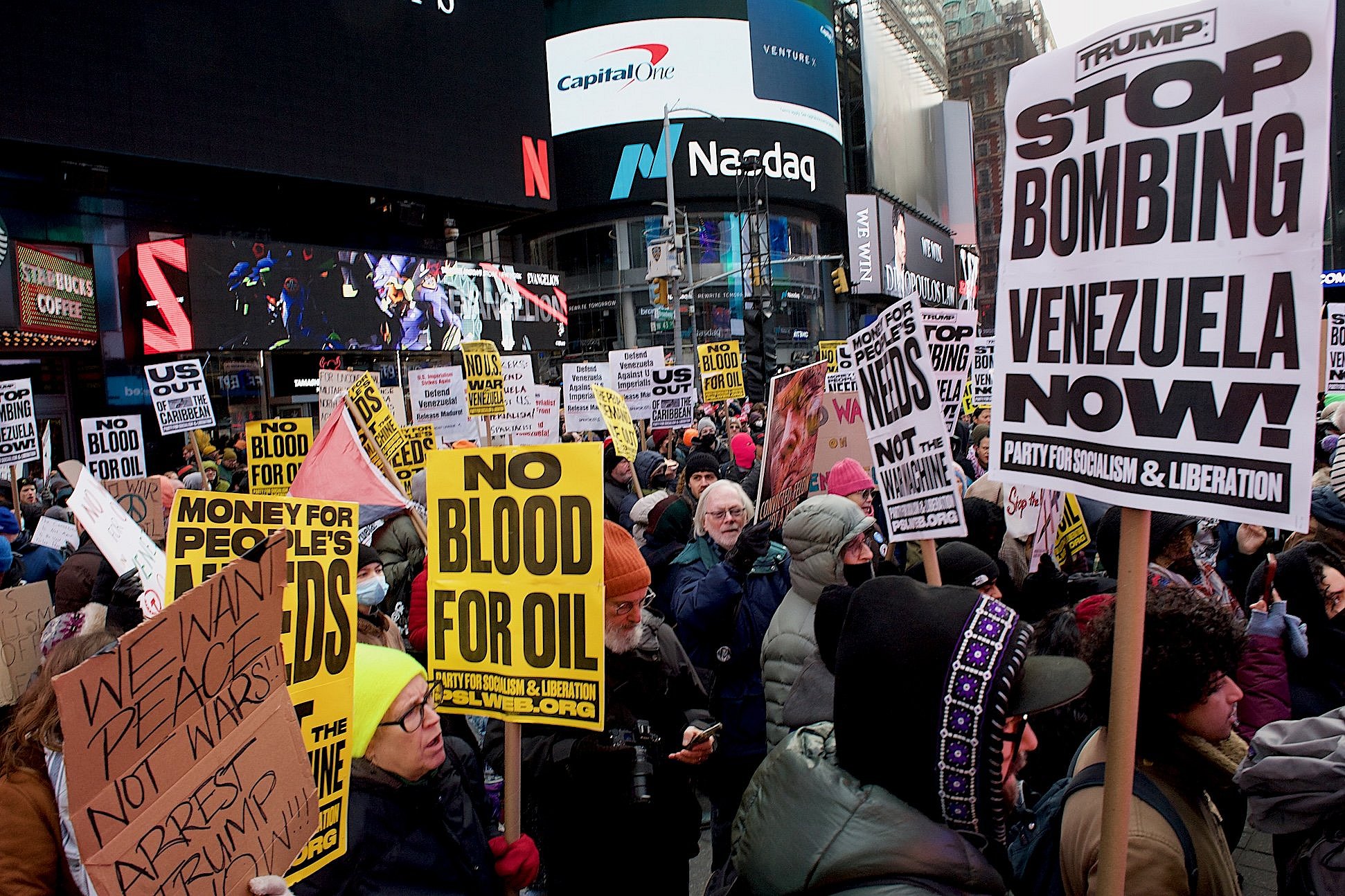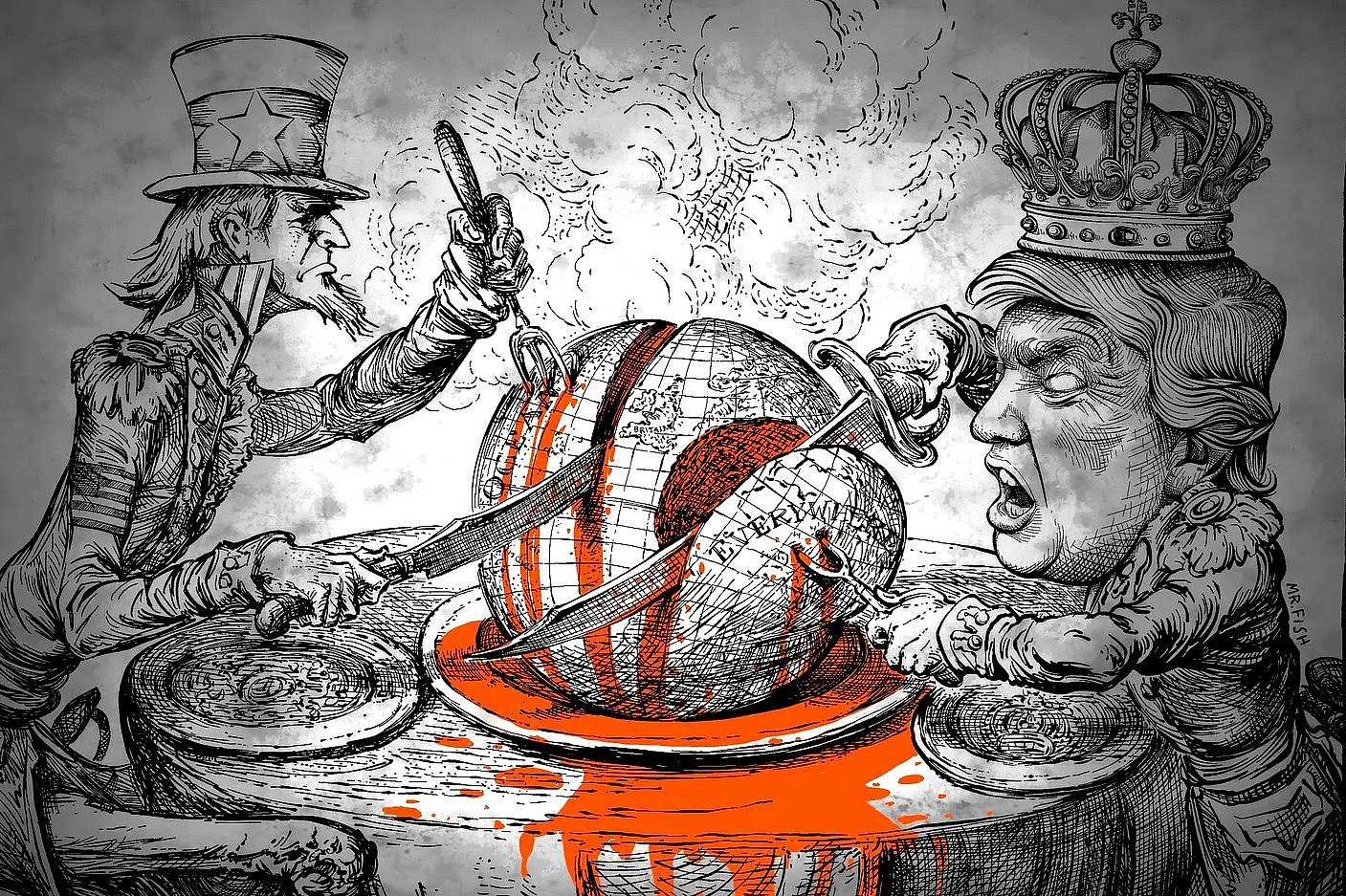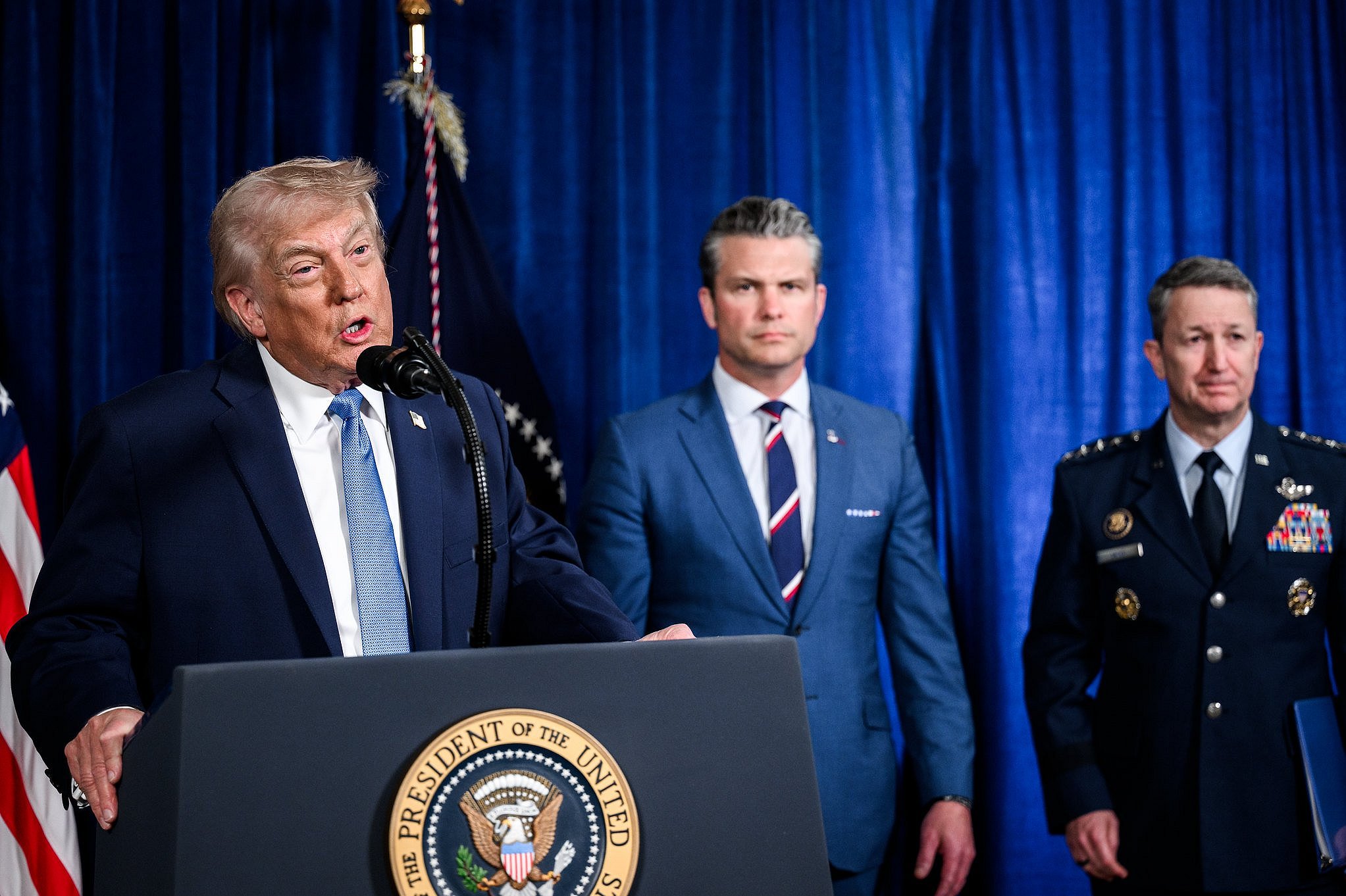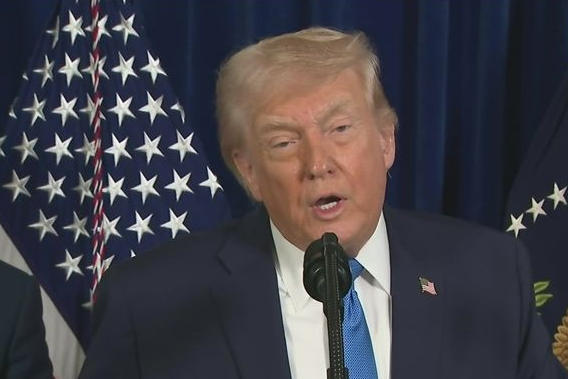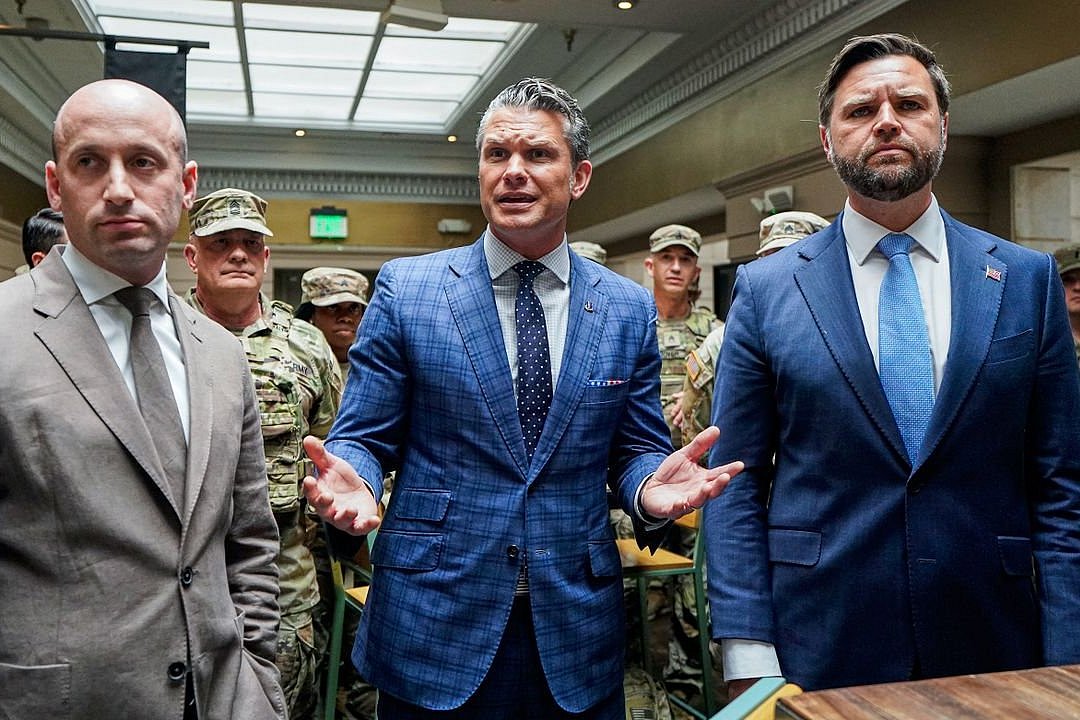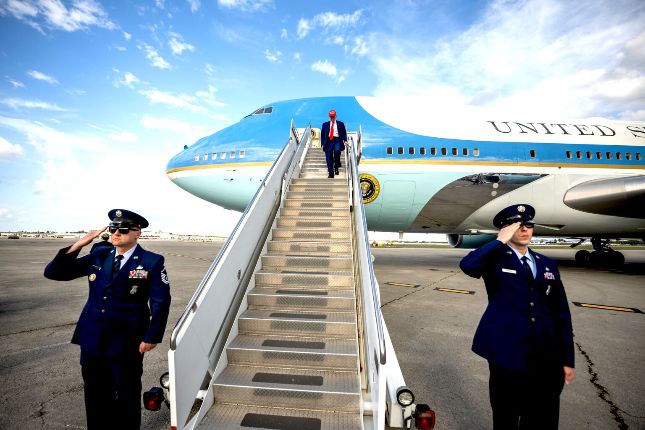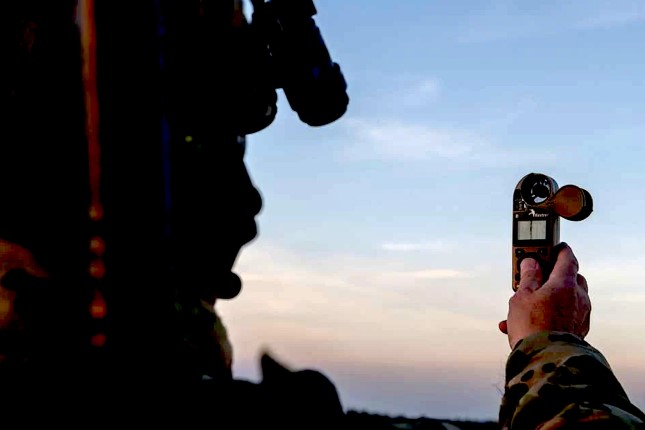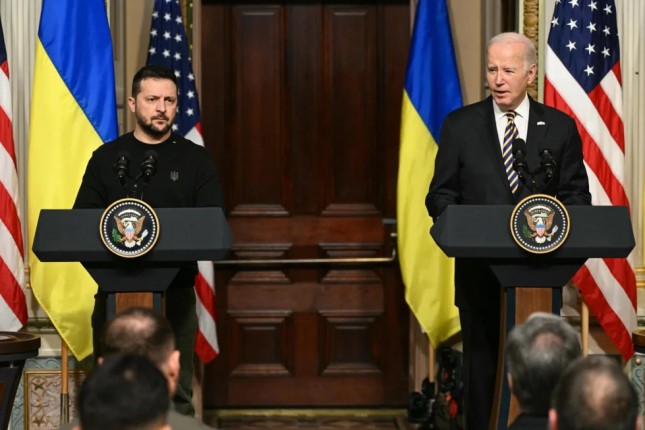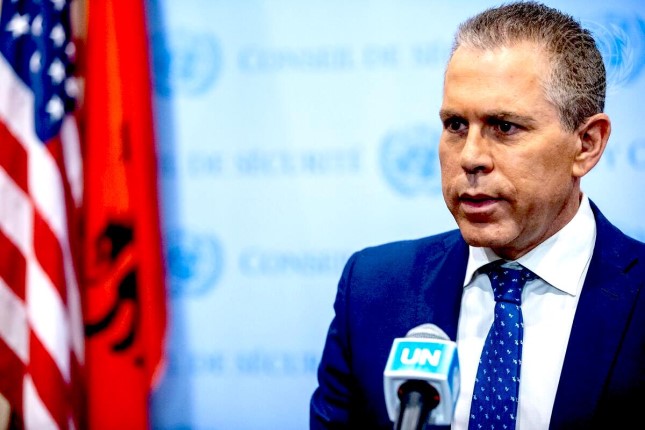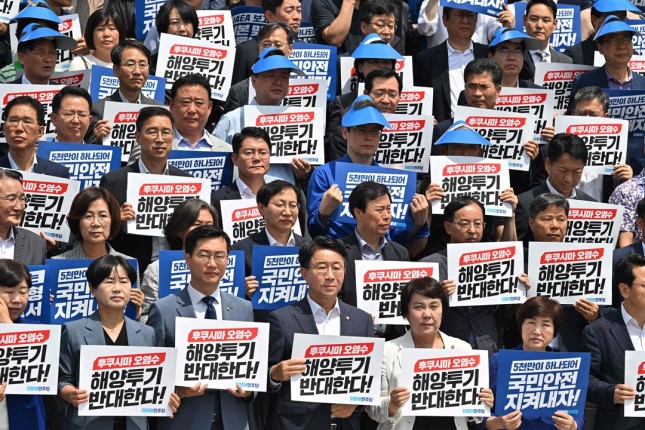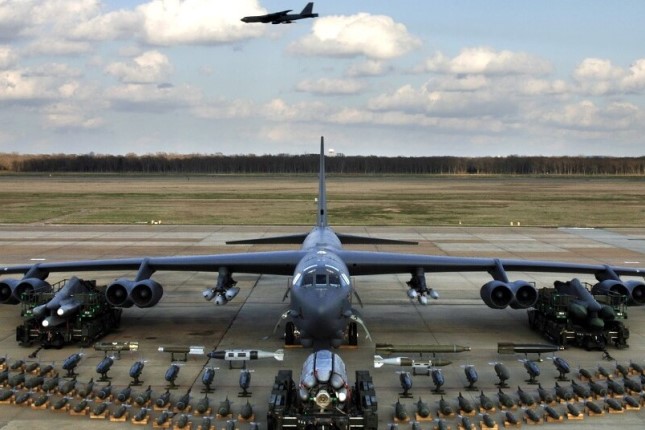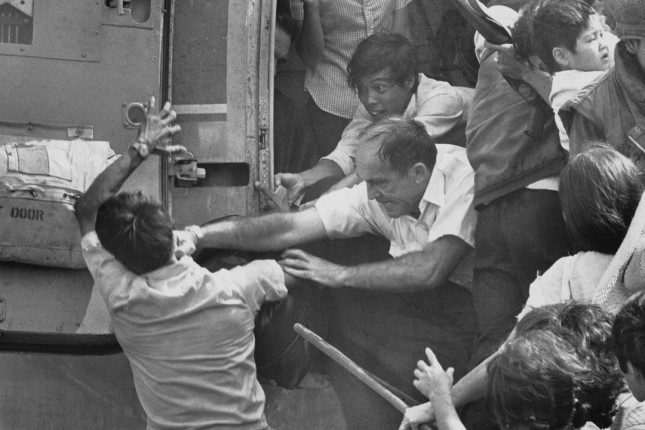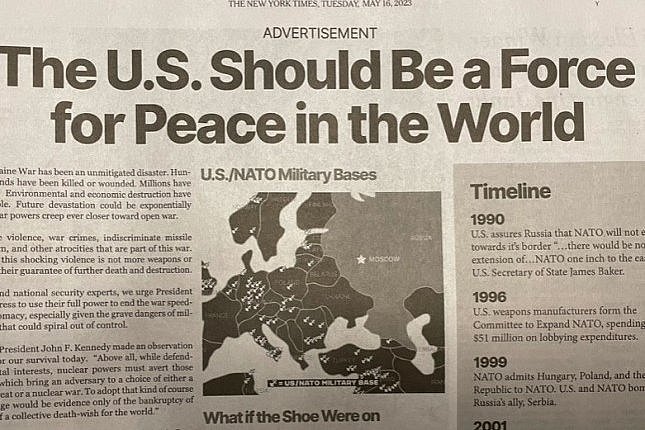This week has seen another string of mass shootings in the United States. On Wednesday evening, one person was killed and three were wounded at the Cielo Vista Mall in El Paso, Texas. This follows the fatal shootings at Michigan State University (MSU) Monday night, when a lone gunman killed three students and critically wounded five others before killing himself.
“No more danger to the public,” declared the El Paso Police Department following the shooting on Wednesday. If that were only the case! Mass shootings are now more than a daily American occurrence. The Gun Violence Archive has registered 72 mass shootings in the US so far in 2023—in 46 days. Those tragic incidents have taken place this year in some two dozen states and the District of Columbia. They occurred in 37 states in 2022.
The pace is accelerating. The sum of 52 such incidents in January was by far the highest number for that month since records on such things began to be kept. The previous high in January was 34, only last year.
Meanwhile, the most the public now receives from government officials and the news media are tributes to how quickly, after the deadly fact, police, FBI and other law enforcement agents descended on a given bloody scene.
For example, the El Paso District Attorney celebrated the “fantastic coordination from all” the policing organizations. The MSU deputy police chief boasted about the “absolutely overwhelming police response to that initial call. … We had officers in that building within minutes.”
The self-congratulation of politicians, policemen and news outlets, who can neither explain what is going on or even remotely assure the safety of the public, is obscene.
Violence on this scale has to be treated as a social and not an individual phenomenon. The society has itself become toxic and hazardous.
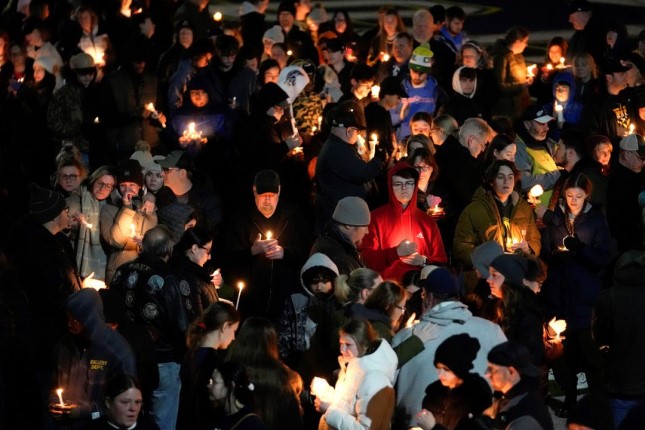
Mourners attend a candlelight vigil for Alexandria Verner at the Clawson High School football field in Clawson, Mich., Tuesday, Feb. 14, 2023. Verner was among the students killed after a gunman opened fire on the campus of Michigan State University Monday night. Photo: AP Photo / Paul Sancya.
No doubt large numbers of people in the US suffer from mental illness. However, this is not primarily a biological but rather a social issue. Violence pervades the society. Not infrequently, an individual fearing his or her own instability contacts the police—and is himself or herself gunned down.
The general framework for the growth of social and individual mental distress is clear: The murderous COVID-19 pandemic, to which the authorities have responded with criminal indifference and neglect; vast, persistent and malignant social inequality; decades of war and violence perpetrated against peoples all over the world by the US government and military; declining living standards for tens of millions, including the loss of decent jobs and job security; intense political instability and turbulence; and the emergence of an extreme right wing determined to establish authoritarian rule.
Life in the US has not known this level of social and political tension, uncertainty and menace since the period prior to the Civil War.
Official sources have begun to concede that there might be broader causes for the homicidal explosion. A recent study by the US Secret Service of 173 attacks that occurred in public or semi-public places between 2016 and 2020 found that nearly every attacker (93 percent) had experienced “at least one significant stressor in their lives within five years of the attack,” and for 77 percent, “the stressor(s) occurred within one year.” Those “stressors” include concerns over health, divorce, evictions, employment issues, bullying at school or work, “contact with law enforcement,” “contact with civil courts,” etc.
Seventy-two mass shootings in the US so far this year is a horrific figure, but it is a fact that the death toll from the deliberate policy of the ruling class is far higher. Grotesquely, the media and the government pretend that the death of one million people in a preventable pandemic, with its repercussions for tens of millions or more, has had no impact on the fabric of American society.
A connection has already been drawn between the mass death and the recent surge in suicide rates. The latter are rising in communities especially affected by the pandemic. Attempting to explain the numbers of people taking their own lives, Dr. Sean Joe, professor at the Brown School of Social Work at Washington University, pointed to the “cumulative stress.”
The generalized social hardships, the “cumulative stress” and their particular expression in individual “stressors” exert themselves on massive numbers of people, but only an infinitesimal (although a relatively significant and growing) percentage collapse dramatically in the face of them.
In considering the mass shootings, the specific political, social and cultural conditions in the US have to be taken into account. The spree of killings is a symptom, as Frederick Engels once said, of Russia, of a society “in full decomposition economically, morally and intellectually.”
Endless war has brutalized American society. Now, after decades of devastating societies in the Middle East and Central Asia, resulting in millions of dead and mutilated, the American ruling elite is lurching toward war with a nuclear power, Russia, with potentially incalculable consequences. Hundreds of millions might perish, and US officials shrug their shoulders and repeat their determination not to be “deterred” by this possibility. What are the most vulnerable personalities likely to conclude from this criminal light-mindedness and recklessness? Life is incredibly cheap.
Source: World Socialist Web Site.

